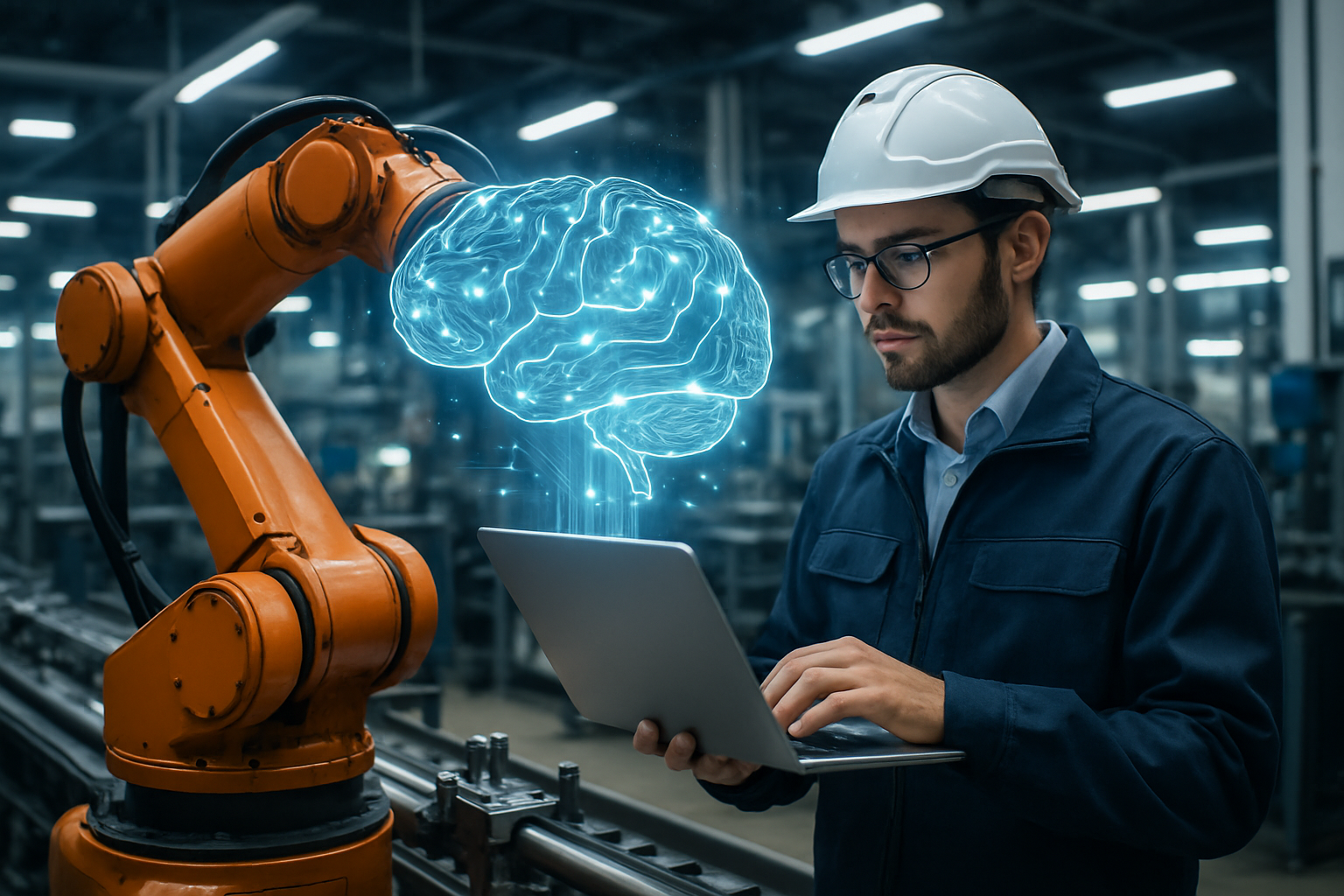Cognitive Manufacturing: Revolutionizing Production Paradigms
The fusion of cognitive technologies and traditional manufacturing processes is ushering in a new era of industrial innovation. This groundbreaking approach, known as cognitive manufacturing, leverages advanced artificial intelligence, machine learning, and data analytics to create highly adaptive, self-optimizing production systems. By integrating human expertise with machine intelligence, cognitive manufacturing promises to redefine efficiency, quality control, and decision-making in industrial settings.

The concept gained significant traction in the mid-2010s when major technology companies began exploring ways to apply cognitive computing to industrial processes. These early efforts focused on using AI to analyze vast amounts of production data, identify patterns, and make real-time adjustments to optimize output and quality.
Core Components of Cognitive Manufacturing
At its heart, cognitive manufacturing relies on several key technological components:
-
Sensor Networks: Advanced sensors deployed throughout the production line collect real-time data on everything from equipment performance to environmental conditions.
-
Big Data Analytics: Sophisticated algorithms process and analyze the massive amounts of data generated by sensor networks, identifying trends and anomalies.
-
Machine Learning: AI systems use this data to continually learn and improve, adapting to changing conditions and optimizing processes without human intervention.
-
Digital Twins: Virtual representations of physical assets and processes allow for real-time monitoring, simulation, and predictive maintenance.
-
Human-Machine Interfaces: Advanced interfaces enable seamless collaboration between human workers and AI systems, leveraging the strengths of both.
Transforming Production Paradigms
Cognitive manufacturing is fundamentally changing how products are designed, produced, and maintained. By integrating cognitive technologies into every stage of the manufacturing process, companies can achieve unprecedented levels of efficiency, quality, and flexibility.
One of the most significant impacts is in predictive maintenance. Cognitive systems can analyze equipment performance data in real-time, predicting potential failures before they occur. This proactive approach minimizes downtime, extends equipment lifespan, and reduces maintenance costs.
Quality control is another area seeing dramatic improvements. Cognitive systems can detect minute defects that might escape human inspectors, ensuring consistently high product quality. Moreover, these systems can adapt quality parameters on the fly, responding to changing conditions or materials to maintain optimal output.
Challenges and Considerations
While the potential of cognitive manufacturing is immense, its implementation comes with significant challenges. One of the primary hurdles is the substantial initial investment required in both technology and workforce training. Companies must carefully weigh the long-term benefits against the short-term costs.
Data security and privacy are also major concerns. With cognitive manufacturing systems relying heavily on data collection and analysis, ensuring the protection of sensitive information becomes paramount. Companies must implement robust cybersecurity measures and comply with evolving data protection regulations.
There’s also the challenge of integration. Many manufacturing facilities have legacy systems and equipment that may not be easily compatible with cognitive technologies. Developing strategies for seamless integration without disrupting ongoing operations is crucial.
The Human Factor in Cognitive Manufacturing
Despite the emphasis on artificial intelligence and automation, the human element remains critical in cognitive manufacturing. Rather than replacing human workers, these systems are designed to augment and enhance human capabilities.
This shift requires a new approach to workforce development. Employees need to be trained not just in operating machinery, but in interpreting data, collaborating with AI systems, and making strategic decisions based on cognitive insights. This evolving role of human workers in cognitive manufacturing environments presents both challenges and opportunities for workforce development and job satisfaction.
Implementing Cognitive Manufacturing: Key Strategies
• Start with a clear vision and roadmap for cognitive manufacturing implementation
• Invest in robust data infrastructure and analytics capabilities
• Prioritize cybersecurity and data protection from the outset
• Focus on change management and workforce training to ensure smooth adoption
• Begin with pilot projects to demonstrate value and gain organizational buy-in
• Develop partnerships with technology providers and industry experts
• Continuously monitor and measure the impact of cognitive technologies on key performance indicators
As we look to the future, cognitive manufacturing stands poised to redefine the industrial landscape. By harnessing the power of AI and machine learning, manufacturers can create smarter, more adaptive production systems that drive efficiency, quality, and innovation. While challenges remain, the potential benefits of cognitive manufacturing are too significant to ignore. Companies that successfully navigate this transition will be well-positioned to lead in the increasingly competitive and technologically-driven manufacturing sector of tomorrow.





